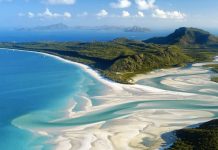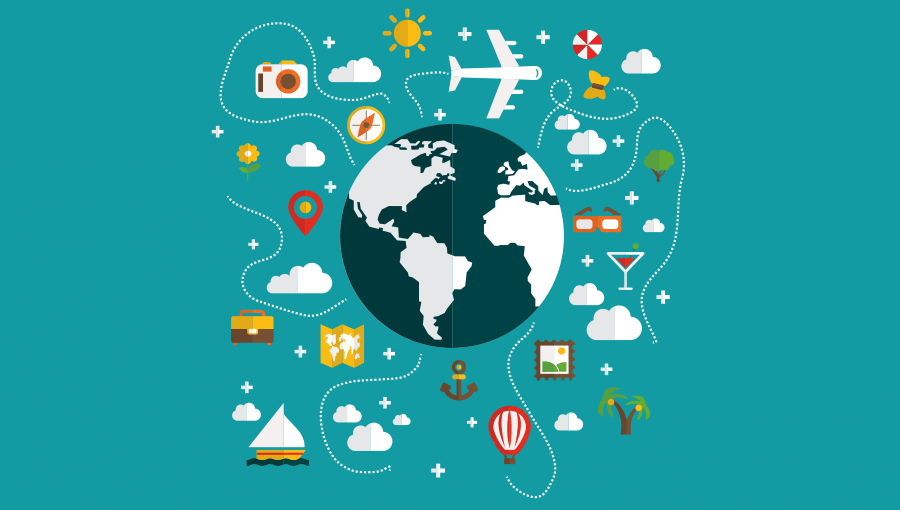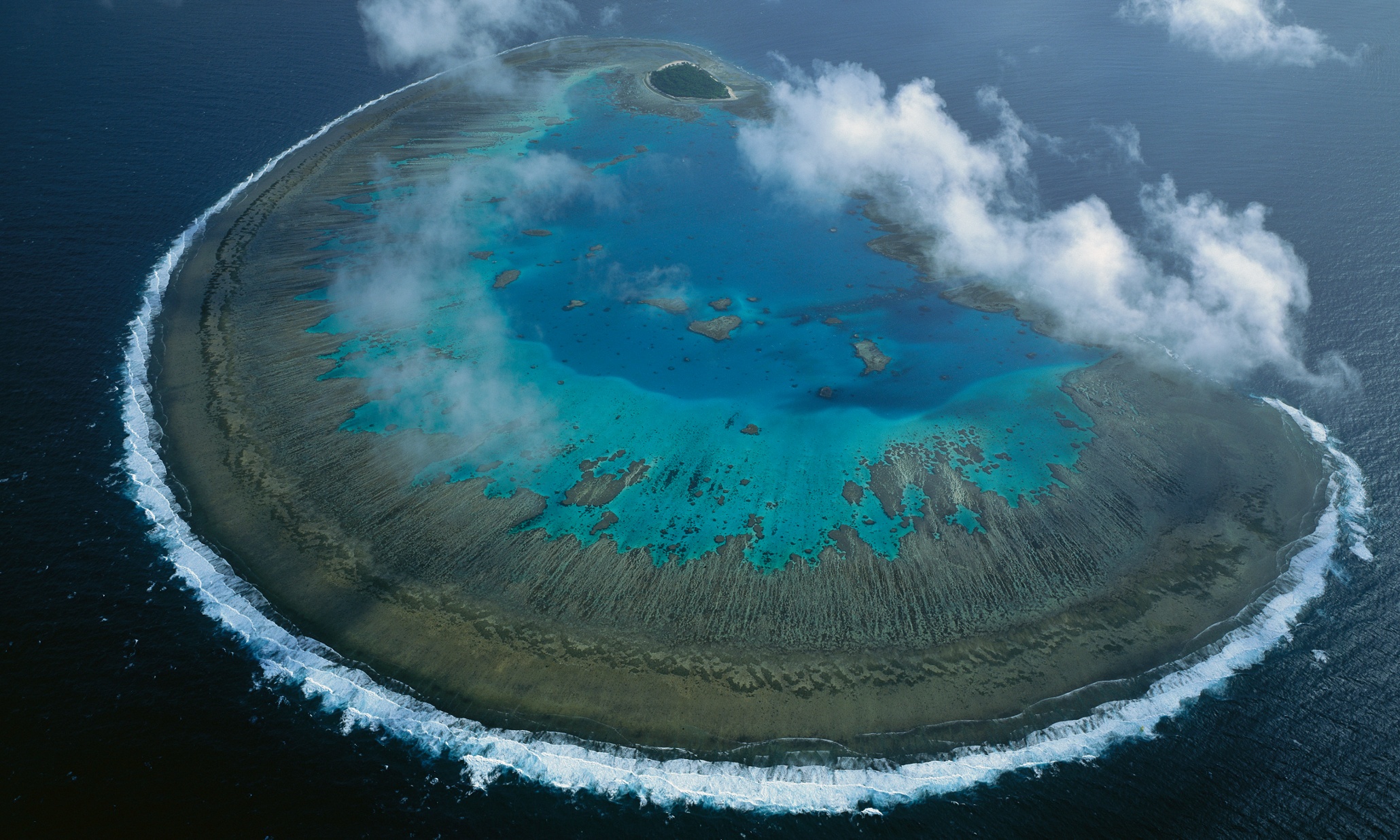This post may contain affiliate links. We may earn money or products from the highlighted keywords or companies or banners mentioned in this post.
A lion roared in the distance as the sun set over the plains near Kenya’s Nairobi National Park. Hearing the noise, Nickson Parmisa, assistant chief of the local Maasai population, turned on his solar-charged battery, causing his metal and plywood house to be bathed in a blue light. As his wife cooked potato stew using a gas burner powered by cow dung, Parmisa turned on his iPad to track a radio-collared lioness that had been on a livestock-killing spree.
The lion, nicknamed Athi, was nearby, the iPad confirmed, but Parmisa was at ease.
“It's good when the lion roars,” he said. “That means she's not hunting. It's when they are quiet you have a problem.”
Later that night, there was a disturbance from the cow pen. Parmisa threw on his traditional plaid blanket, grabbed his spear and rushed outside. False alarm: just a restless cow.
The next morning, he received a call on his mobile phone. Athi had struck after all, killing two goats at a neighbour's house.
Lions have traditionally been the Maasai tribe's greatest adversaries. They are a deadly threat to the cattle and other livestock that are both an integral part of Maasai culture and the tribe’s greatest source of wealth. In the not-so-distant past, young Maasai men had to kill a lion to pass their initiation into adulthood. But now the tables have turned. Despite the ongoing livestock predation, lions may be the tribe's strongest hope for preserving their way of life.
The lions in Parmisa's community come from Nairobi National Park, the only wildlife park adjacent to a major African city. Travellers and residents can view buffalo, rhinoceros, giraffe and other iconic animals in their native habitat without ever leaving town. But the park is only 117sqkm, and its vitality depends on the plains to the south – where the Maasai live – so that animals can migrate in and out. Without that open space, the park would be little more than a zoo.
The river that marks the border with Nairobi National Park is less than 1km down the hill from Parmisa's house. The lights of the capital, Nairobi, and its sprawling suburbs shine on one side of the park. On Parmisa's side, the land is still rural, spotted with scattered family homes among acres of open grass plains, part of the traditional Maasai rangelands that once stretched from central Kenya to Tanzania.
It’s these plains that are rapidly diminishing, as foreigners flood the area with investment dollars and flower farms, factories and retail spaces compete for space and scarce water. Land once communally owned by the Maasai has been parcelled off and sold by individuals in need of cash. New neighbours have put up fences, cordoning off precious grass from livestock and wildlife. The land is scarred with quarries, further blocking migratory corridors. Small slums housing migrant workers line the outskirts of Nairobi’s suburbs, encroaching ever closer to Maasai land.
A 2004 study that Parmisa helped conduct found that 20% of the 2,200sqkm just south of the park was fenced off. When that study was repeated in 2009 the closed space had increased to 32%, with more grazing area disappearing every year.
“We used to enjoy the beauty of expansive rangelands,” said David ole Matiko, a management consultant and university lecturer who grew up in the plains. “Wildlife could move freely. Livestock could move freely. It was lovely. Not anymore.”
The Maasai haven't been able to convince the Kenyan government to preserve open space for cattle – but they might care about protecting the lions. After all, lions bring tourists, and tourists bring money.
“I’m considering conservation as a tool that will help me protect land for my livestock, and for my culture and my survival,” Parmisa said.
The assistant Maasai chief climbed into his white Mitsubishi SUV to visit the neighbour who lost the goats the night before. As he manoeuvred the vehicle down the bumpy dirt track, singing along to a well-worn Kenny Rogers tape, he stopped to snap some photos of cows grazing near zebras and wildebeests.
“You see that cows and wildlife can live together,” he said.
Some giraffes browsed by the side of the road. A baboon family meandered nearby, a baby riding its mother's back.
“Baboons are an indicator that there are no lions here,” Parmisa explained. The iPad – a tool just as precious, if not more than Parmisa’s lion spear – backed him up: Athi was in the thick brush near the river.
He pulled up to the house where the predator had made her kill. A child held out a fresh goatskin, the hide perforated by claws. The homeowner showed Parmisa the scene of the crime, the 2m-tall goat pen fence bent where the lioness scaled it.
Each time there is a kill, Parmisa calls a contact in the Kenya Wildlife Service, but officials rarely visit the scene. Many residents feel left on their own, bearing the costs of lion attacks while not receiving any benefits.
“When the sun goes down, the lions come up. They’re not in Nairobi National Park. They’re here, in our lands,” said Parmisa’s neighbour Jonathan Letuya Parsaurei. “If the lion kills our cows, we need to be compensated good money.”
Over the years, non-profit groups such as Friends of Nairobi National Park have launched projects to reimburse herders who lose livestock, but the funding has never been secure, or sufficient, especially when looked at in comparison to the monetary benefits that wildlife brings to the Kenyan economy. Herders want the wildlife service to at least acknowledge their losses and help chase problem lions back toward the park to limit the conflict.
“That’s when the local people would see wildlife as a resource, as something with equal value to their cows,” Parmisa said.
Parmisa's mission is to walk the tightrope: to prevent lions from killing livestock and Maasai from killing lions, even though the latter is illegal in Kenya.
A few days later, driving through the national park, Parmisa’s iPad showed that Athi was back within park limits, the cows safe, for now. He tracked her to a thick stand of brush near the road, but she remained hidden somewhere inside, elusive and out of sight.
Decades ago, he would have killed her, but now he needs her alive. When the lion goes, so goes the land and the cattle, and with them Maasai culture.
“Conservation and livestock-keeping is one thing,” Parmisa said. “If you try to separate the two, that’s the end of both. And first to disappear is the Maasai, as a people. Literally conservation is our life.”
Where do you rank in our tribe of worldly readers? Answer these questions to get a sense.










